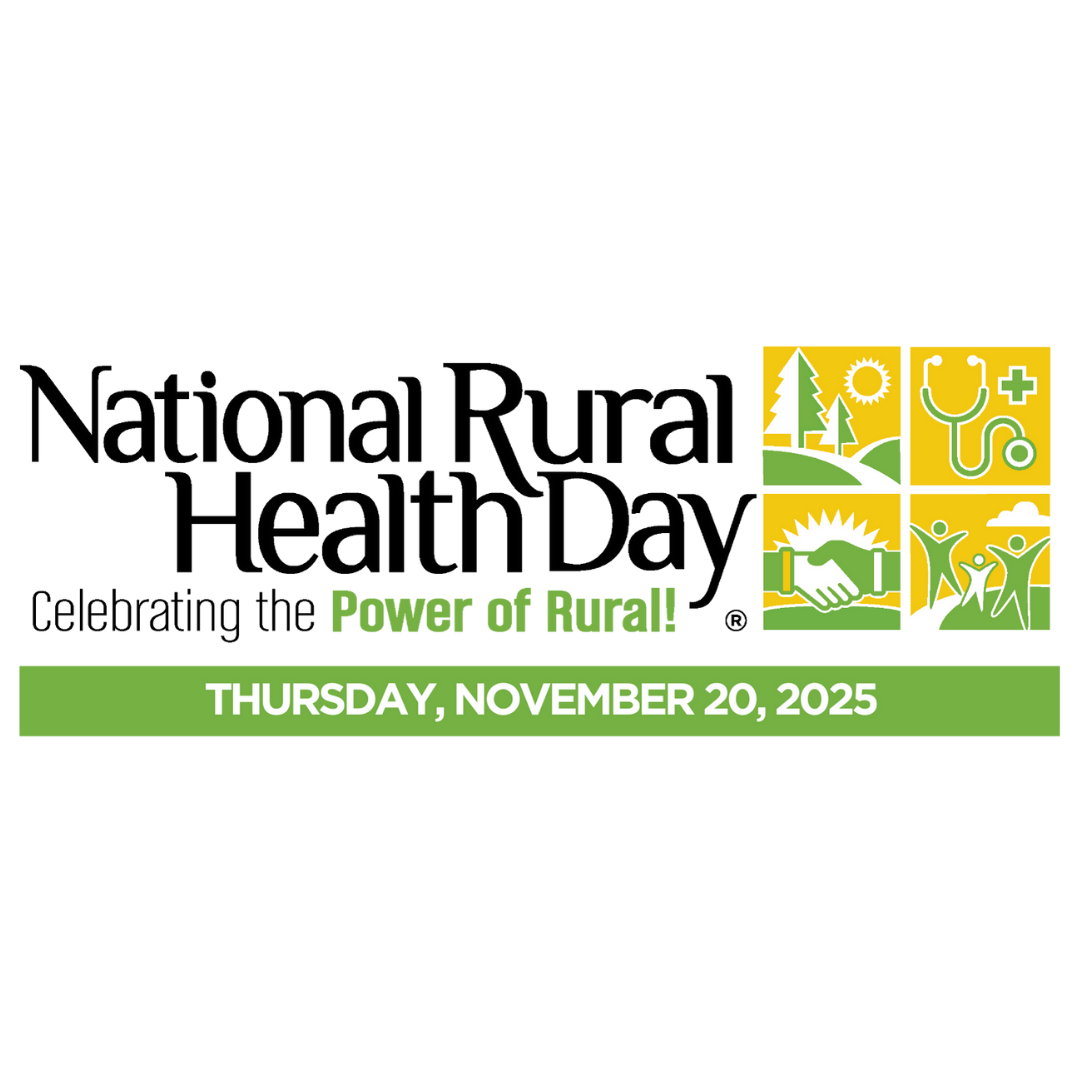
November 20 is National Rural Health Day. Started in 2011 and overseen by the National Organization of State Offices of Rural Health (NOSORH), this annual observation honors the “Power of Rural” and highlights the unique health challenges of rural communities.
Healthy or Not Healthy?
In many ways, the traditional rural lifestyle is healthier than urban living: rural dwellers get more exercise, spend more time outdoors, and eat a more natural diet. Still, rural populations have higher death and disability rates from most common causes. Among the reasons:
- There are fewer medical services. While one in five Americans live in rural areas, fewer than one in ten doctors work in rural-based medical practices. Large hospitals and medical specialists are even harder to find.
- Existing medical services run on limited resources, often having barely enough to stay open. Recent federal plans to cut Medicaid—a major revenue source for many rural hospitals—could push that problem to crisis level.
- Digital literacy is lower in rural areas, and internet services are often less reliable. So, in addition to local healthcare options being limited, it’s harder to access additional resources virtually.
- Rural residents have higher rates of some unhealthy/dangerous habits, including smoking, driving without seatbelts, and skipping medical checkups.
- Rural residents also have higher risk of injury from operating heavy equipment. And farm kids use heavy equipment at younger ages than city kids.
Ideas for Celebrating Rural Health Day
Even if your home base is an apartment in downtown Houston, everyone has a vested interest in rural health. Almost everything we eat starts as a farm product. So does much of our clothing and some of our fuel.
Ninety percent of U.S. crops still come from family-owned farms and ranches. A good way to celebrate Rural Health Day this week is to visit a farmer’s market and thank a few farmers personally.
You can also:
- Share on social media about Rural Health Day (recommended tags include #PowerOfRural, #NationalRuralHealthDay, and @NOSORH).
- Post a video saluting “rural health heroes.”
- Donate funds, supplies, or volunteer time to a rural health clinic. (While even volunteer work can be delivered virtually, it’s worth noting that most Houston residents can find at least one rural community within a 30–60-minute drive.)
- Write your governor, Congressperson, and senators urging support for Medicaid and other programs that fund rural healthcare.
Resources for Learning More About Rural Health
- The “Power of Rural” website offers resources for organizing Rural Health Day programs.
- The federal Rural Health Transformation Program was created to fund technology, sustainability, and other means for improving healthcare access in rural areas.
- The Rural Medical Education Collaborative provides continuing education (including digital classes) for rural-based health professionals.
- The Texas Hospital Association advocates for hospital systems across the state, including rural hospitals.
- The Texas Rural Health Association (a member of the National Rural Health Association) considers itself “the unifying voice for rural Texas,” connecting Texans “to strengthen the health and well-being of rural communities.”
- The Texas State Office of Rural Health offers technical and financial assistance to support rural healthcare.
- The U.S. Centers for Disease Control and Prevention have a “Rural Health” section on their website.
And check out these BridgingApps articles on rural life:

